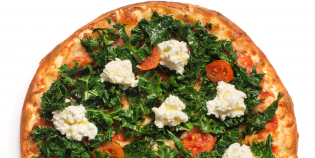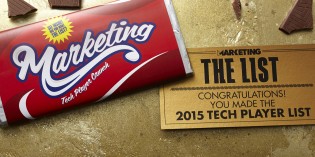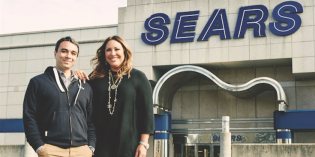Marketers have long understood the value of aligning their brands with major sporting events.
During the first International Olympic Games in 1896, Kodak bought an ad in the official event program. In 1912, 10 companies paid to advertise in Stockholm, with The Granberg Industrial Art Company shelling out a whopping (at the time) $3,600 for the right to take Olympic photographs. Fast forward to 2014: top corporate sponsors paid more than $100 million each to align themselves with the Sochi Olympics.
Next up, the FIFA World Cup in Brazil, where eight marketers are paying $600 million for significant presence during game broadcasts and related coverage.
The month-long extravaganza involves three sponsorship tiers and FIFA is expected to rake in at least $4 billion in sponsorships and television rights.
That said, it’s estimated four billion fans will be tuning in, on television and online, delivering sponsors a massive global audience, the likes of which only come around every four years.
“You don’t just get the diehard sports fan and that’s the appeal for marketers—companies are willing to spend millions because of the reach,” says Steve McAllister, managing editor, sports for Yahoo Canada, who sees traffic surge during big events. “People are sitting in their offices and want to follow the action as it happens – we are a destination for audiences that don’t have access to TV when an Olympics or World Cup of Soccer are happening.”
It’s this passion for sport, as well as pride and the athletes’ compelling stories, which make sporting events such a potent platform on which to build brand loyalty.
“Big events attract audiences beyond the sports fan,” says McAllister. “There are so many opportunities for real connection and it’s pretty powerful from a marketing perspective.”
Sports sponsorships have come a long way from when a company would jump on board because the CEO loved tennis, or sponsorship simply meant signage on the pitch. “Now you see more deeply integrated programs where brands really want to connect with the fans,” says McAllister. “It’s gotten a lot more sophisticated.”
And popular: spending in North America jumped 5.1% to $13.68 billion last year, compared to $13.01 billion in 2012. And, that doesn’t include investment in related marketing campaigns—typically $1 to $2 for every sponsorship dollar.
However, leveraging the association is key to success – smart strategies go way beyond simple brand awareness. After all, Coca-Cola is already a known commodity, but the company continues to invest in major sporting events, including the Olympics and the World Cup. They understand their audience and the objective is to create multi-layer campaigns that tap into fan loyalty and positive feelings around an event to engage consumers and drive market share.
The kicker, is in a media-rich world where consumers are weary and wary of messaging, sponsorship is viewed as a positive—research from TGI Europa shows sports fans are actually receptive to sponsors’ messages.
“Consumers recognize that sponsorship is an important part of sports—they don’t resent it,” says McAllister.
That’s great news for marketers working to boost brand loyalty and sales. GE reports that its decision to become a top-tier Olympic sponsor in 2005 drove $1 billion in revenue in seven years, while Audi’s sponsorship of the US Ski Team at the 2010 Vancouver Olympics generated a 34% increase in sales during that period. So powerful is sport, that sponsorship weathered the economic downturn far better than other areas of traditional marketing.
At the moment, soccer is top of mind, however, this summer promises a strong lineup of marquee events, including Wimbledon Championships, the U.S. and British Open, Tour de France, and the Commonwealth Games to name a few.
Of course not all marketers have marquee budgets, but that shouldn’t be a deterrent.
“There are lots of opportunities on which to hitch your brand,” says McAllister, pointing to sponsorship at the junior and development levels, as well as drilling down to the community level.
Whether it’s in Brazil, on television, online or at the local rink, the heritage and passion associated with sport is what makes event sponsorship a powerful tool for engaging consumers and building brands.
Whether it takes place in Sochi, Brazil, or even a pitch closer to home, the heritage and passion associated with sport is what makes event sponsorship a winning strategy for marketers.










